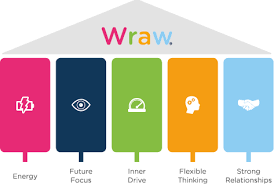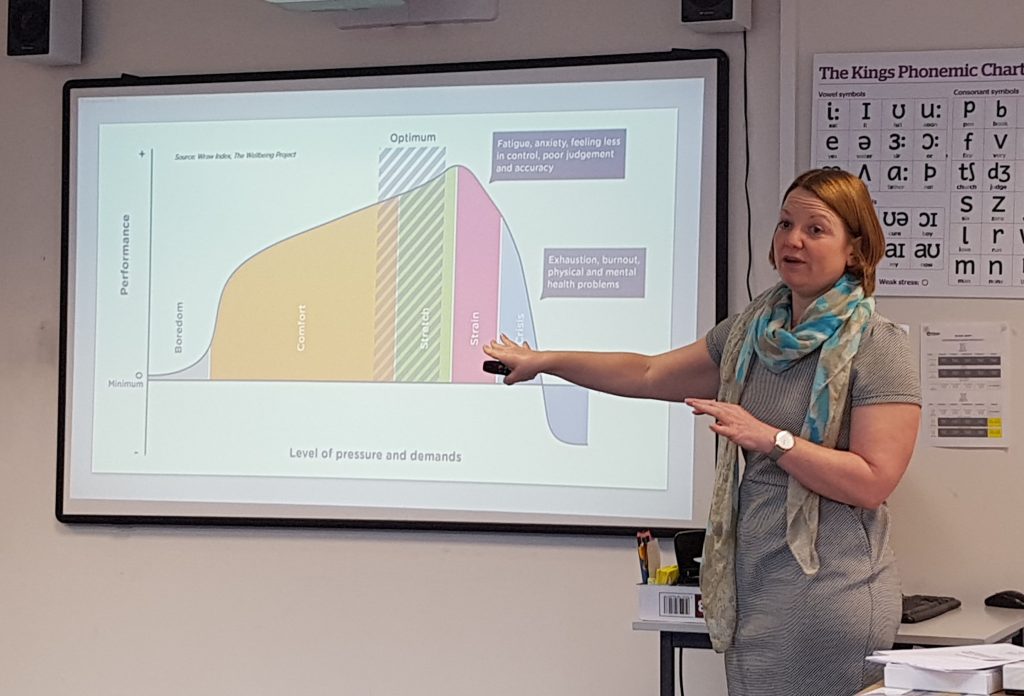
I hope you sang the title like the song? Actually, WRAW does stand for something though, unlike the word in the song!
I’ve written before about where my interest in wellbeing and resilience stems from. It comes from a place of personal experience of not taking appropriate care of myself. I strongly believe that my “fall” was avoidable though.
I clawed my way back to health,. I learnt a lot about the topic. On that uncomfortable journey, I set out on a mission to do all that I could to prevent others experiencing that difficult process.
I am quite open to the fact that I am not perfect (whilst still finding ways to appreciate the imperfections!). I constandly learn new ways my body tells me to slow down…and create new coping strategies! This post explore a new tool to measure resilience, which I am now a practitioner for.
Firstly, what I think about resilience. Here comes a shock…
“Resilience is a dirty word for me!”
Sheela Hobden
My impression of the word used with people has been that it sounds like you’re tough, hardy, impenetrable, and has started to become the latest “fad”. In reality it is about being flexible and adaptable. We fall over sometimes but our strength is in how we take a different perspective, reflect on the situation, learn and move forward with new awareness.
You could even say it’s the speed with which we bounce back. Even “back” isn’t quite right, because progress would not be to move backwards, so, lets say spring forwards. So, despite not liking the name within this tool, I love the content.

The Wellbeing Project have created a psychometric report on Workplace Resilience And Wellbeing.
It is the first of its kind in this space. An individual report with huge versatility.
Collated results can be used to review resilience of teams, leaders and whole organisations. I jumped at the chance to become an accredited practitioner and finished up training last week.
Joined by a fantastic group of other (now) practitioners, from a range of backgrounds, with similar stories of personal low resilience or well-being, we had shared enthusiasm for the topic. Much of the content I have already been working with as I have learnt about it. However The WRAW index has captured it into really simple terms, with a clear model and a very easy to use framework. There are five pillars cutting across Energy, Future Focus, Inner Drive, Strong Relationships and Flexible Thinking.
The measure is built from answers to a series of questions from subsections of the above, showing individual resilience in each area. An overall valid and reliable WRAW index and impact score is produced, demonstrating how your resilience affects your well-being. The scores determine strengths in each area, as well as detail on how you respond to changes in your environment e.g. how you are impacted by events and situations.
Versatility comes from using it to bring teams together to review their reports, providing the opportunity to open up powerful conversations on how they can support each other to monitor and manage well-being and resilience, potentially developing co-created plans to work by. Together in the training group, we collaborated on creative ways to facilitate teams to do this, often using simple existing tools in a different way.

My thinking continues in this area and I have lots of exciting ideas to implement in up-coming group workshops. I see it having the potential to be highly effective when used with leaders, and organisations. A leader can have a specific report tailored around the resilience of them and their team; including how they are impacting that. As a leader or Well-being Specialist, you could then review how to better support your teams.
Another level up, an organisation can get that overarching view of where they are doing well and what gaps there might be, again strong valid research to use in designing company wide interventions to raise the game on employee support systems.
When people choose to use it, it is going to provide a strong focal starting point for coaching conversations in this area.
Having your own report in front of you with the summary of your answers to questions around the key pillars, means the thinking process has started, ahead of the session. I am very excited to get going with this tool! More details can be found on the Wraw site.
In summary:
Want more bounce in your life? get the report and let’s get working on some strategies together.
Find out more about how to get your own Snapshot Report or book the Full Individual Report with Coaching.

Sheela Hobden is a Coach at bluegreen Coaching. Following her own mental health battles, she now coaches individuals, runs training sessions and speaks at conferences. She has a real passion for helping medics and healthcare professionals take as much care of themselves as they do their patients in whatever life or career conundrums they face! She is also a Mentor Coach and Coach Supervisor. She has a PGCERT in Business and Personal Coaching, holds PCC member status with the ICF and is CIPD qualified. She challenges herself with ultra distance running and Ironman. Find her at www.bluegreencoaching.com or swimming in the sea, in Poole, Dorset
Get more ideas and tips by joining her newsletter tribe – sign up below!
Better still, book in to speak with her directly?
